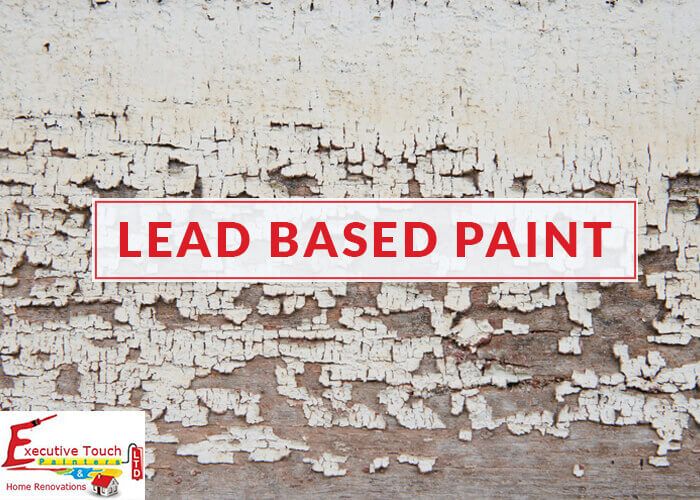
Many older homes in Canada are decorated with lead-based paint. Removing or distributing this paint as part of a renovation project could expose people in the home to serious health risks. However, the risk can be minimized by following a number of guidelines.
Lead Poisoning: People have known for a long time that exposure to lead is dangerous. Lead poisoning can cause anemia. It can also damage the brain and nervous system, resulting in learning disabilities.
The risks are greater for children than for adults because children’s growing bodies are able to absorb lead more easily. Even a small amount of lead dust is dangerous to infants and children. Lead taken in by mothers-to-be can also pose a danger to the health of unborn children.
Lead-based Paint in Homes: The likelihood that your home contains lead-based paint depends on when it was built and painted. Homes built before 1960 probably do contain lead-based paint. If your home was built after 1980, there is no need for concern about lead levels in interior paint, but there may be the lead in the paint used on the outside. There is no need for any concern about leaded paint in homes built after 1992 because by that time all consumer paints produced in Canada and the United States were virtually lead-free.
It is not always in your best interest to remove lead-based paint. In some situations leaving leaded pain alone, as long as it is not chipping or within the reach of children, is safer than trying to remove it. Covering the painted area with vinyl wallpaper, wallboard or paneling can provide extra safety.
However, lead-based paint in the home is a serious health hazard when it is chipping or flaking, or it is within the reach of children who might chew on it. In such cases, you should remove the paint following very specific guidelines.
It is not safe to use sanders, heat guns or blowlamps to remove lead-based paint. These methods are counter-productive because they create dust and fumes that contain lead.
Homeowners should consider hiring experts to do the job. However, if you decide to do it yourself, use a chemical paint stripper, preferably one with a paste that can be applied with a brush. Chemical strippers contain potentially harmful substances themselves, so use them carefully.
There are several ways to find out whether the paint in your home is lead-based. Some independent contractors have special X-ray equipment that can sense lead on paint surfaces.
Another option is to send paint chips to a lab that specializes in analyzing lead concentrations in the paint. The two organizations that certify labs for this purpose are:
Be sure to contact the lab first, and follow all directions for gathering and sending the paint chips.
Your family doctor can order a simple blood test to find out your level of lead exposure. For further information, contact your doctor or the Poison Information Center nearest you.
Health Canada – Consumer Products site:
http://www.hc-sc.gc.ca/english/protection/consumer.html
Health Canada – Lead Information package:
http://www.hc-sc.gc.ca/hecs-sesc/toxics_management/publications/leadOandA/toc.htm